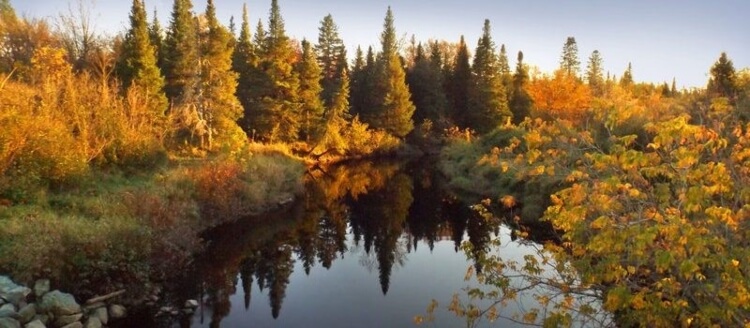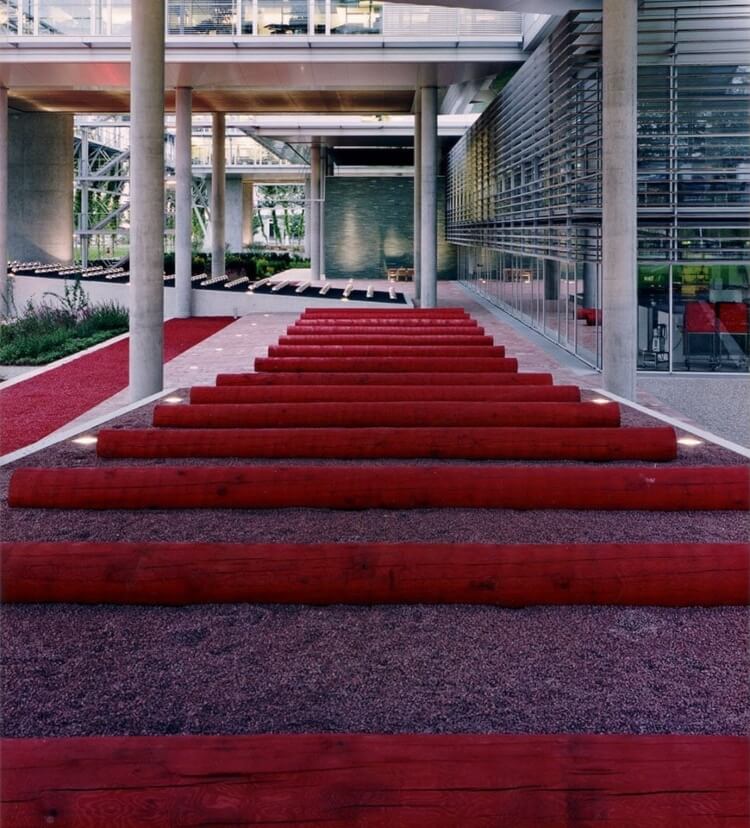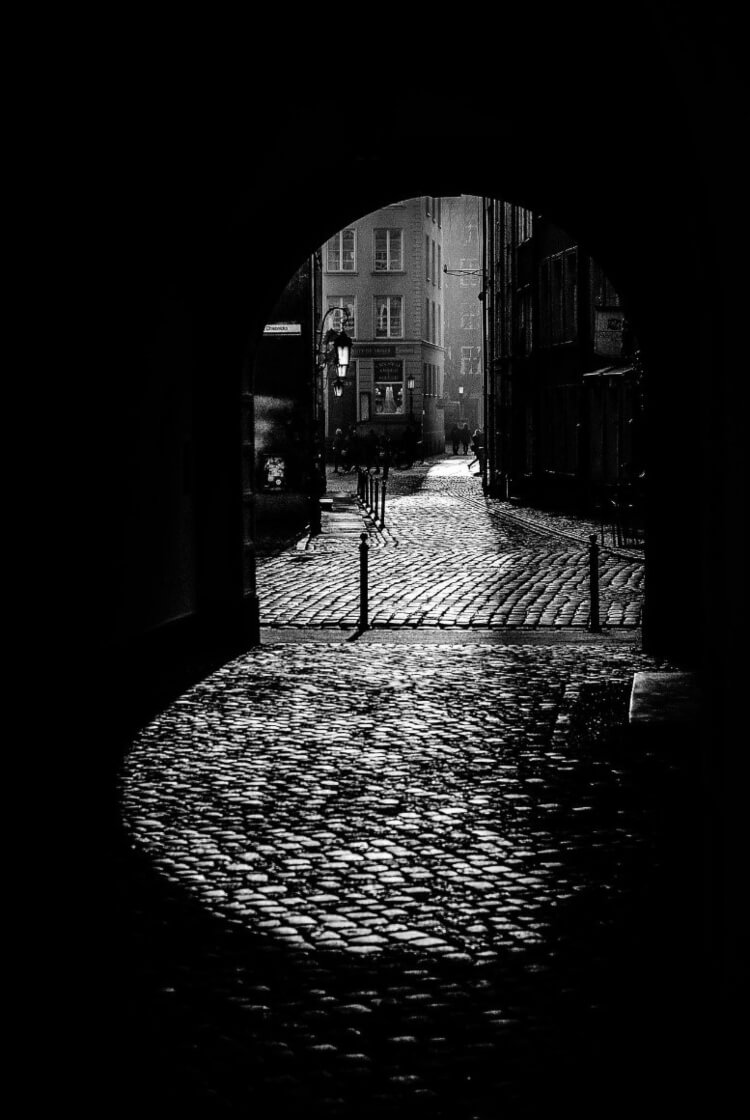Challenging perceptions & breaking conventions!
I have given several CPD talks on this topic now to architects, students and even my own design team in order to broaden their thinking and challenge their perceptions. What I have come to realise after doing these talks is that I have subconsciously hijacked these sessions and used them to my advantage as my own personal therapy sessions. Rather than impart my opinion and years of experience in an effort to educate my audience, I appear to use them as a sympathetic therapy group, forcing them to listen to my cynical views and rants regarding the constant difficulties we as landscape architects face when it comes to landscape design and the perceptions of the profession within our wider industry. All that was missing from these sessions was a couch, some scented candles and some soothing pan pipe music!
So lets get to the question….What is landscape? Another seemingly innocent and benign question, devoid of provoking any controversy, right? WRONG! Even in this day and age, 30 plus years on from when Martha Schwartz dropped a bombshell on to the profession with her Bagel Garden which attracted so much criticism from the traditionalists within the industry, landscape architecture is still greatly misunderstood and misrepresented. The perceptions of what constitutes a landscape is still stuck in the past, especially here in the UK.
Now this article is not intended to be a plug for Martha Schwartz, but it is a salute to her contributions in changing the industry, breaking with conventions, and challenging perceptions and I will be using some examples of her work to illustrate my point. I have worked with Martha Schwartz for a number of years so I may be a little biased, but she radically changed my perception and approach to design after years of “vanilla” practice. I strongly advocate her approach in blending both art, landscape design and her strong belief in not bending to the conventional norms. Provocative yes, controversial, absolutely but as she once said…..
“It’s better to offend some than to come across as mediocre” – Martha Schwartz
This approach to design is something I now try to impart on my own design team.
The Common Perception
We are all guided by the approaches and principles we see in action around us, that we are taught, and that our clients encourage us to develop. Stepping back and thinking hard about the role of a Landscape Architect, I concluded that the first question to ask ourselves is “what do we mean by landscape”.

For most of us, our idea of what a landscape is usually equates with an idyllic vision of nature, beautiful forests, rocks, meadows, rolling hills, meandering rivers, and streams. There has long been a perception that the role of a Landscape Architects is to preserve the environment, that our default position is to fluff things up and make it look “natural” I do find it mildly amusing but more so frustrating when I get asked by Clients, Architects and Developers alike to “make it natural” A complete oxymoron!! You are engaging a landscape architect for a design. If it’s designed, it’s already artificial! So why not embrace that?
People still seem to struggle to accept bringing design ideas, whether cultural, historical, and artistic and imposing them on the landscape.
“Dont ever empty the bucket of mystery. Never let people define what you do. Its not about zigging when you should zag. Its just about never being a word, or something that is not in the process of transformation…..” – Marilyn Manson
Natural Systems & Urban Context
However, the most defining feature of being human is altering the landscape around us. For 10’s of thousands of years this has been the case. Relatively few landscapes are truly natural and relatively few of us now live in these most natural spaces.
We think landscape is all about natural systems, when in fact most of our urban environments are not our parks- they are our streets and our sidewalks. Over 80% of our time is spent in our urban environments, not our parks and greenspaces.
Image courtesy of Pixabay
Many of these sites occupy awkward urban pockets that can’t support much greenery to begin with. We don’t live in a Biosphere; we live in cities. And we can’t blanket everything with so-called nature. We have probably all seen appalling neglected planters with dead trees or plants and drowning with cigarette butts and rubbish. Poorly placed “greenscaping” that is not maintained or even viable is just plain depressing as well as very poor design. Creating spaces that people will love, that are rooted in the space and the community they serve is what is required, not thoughtlessly “chucking in a few trees to please the planners”.
Imitation
Purely imitating nature is not design, it is mimicry. There are few situations in which this is the best solution. We need to lift landscape architecture out of the dregs of the past. There is no design in landscape design if we constantly try to imitate nature.

I was once challenged whilst giving this talk by an architect when I showed the above image courtesy of Martha Schwartz Partners. His comment was “but that looks more like an art installation” Well maybe it does, maybe it doesn’t, but why should it matter? Why try to make that distinction at all? Whatever it is or isn’t it is a unique, sculptural and artistic expression of an external space that uses artificial elements to solve a practical problem. An area that receives no sun and that has inadequate soil depth and no drainage provisions. It also serves as a color-coded way finding device. Is it therefore not a landscape? Is it therefore less sustainable and environmentally friendly because it’s not green and fluffy?
“there is a lot of fluidity now between art, architecture – a lot more cross-pollination in the disciplines, but this isn’t about competition, its about collaboration and what these practices and processes can contribute to one another” – Zaha Hadid
Martha Schwartz was making a point when she created this bagel garden at the front of her own property. She commented…..
“The bagel, is the perfect garden material: you don’t need to water it, and it does well in the shade” Martha Schwartz

The effect may not necessarily be pleasing to everyone, nor is it necessarily supposed to be – it is designed to provoke and challenge conventions – but is it landscape? What defines that?
More sculptural or artificial elements within landscapes are typically separated from the rest of the space into “sculptures” or “water features” but the whole space can be sculptural, a composition of artistic expression that evokes an emotional response and asks more questions than it answers.
Sustainability
A great deal of guff is spoken about sustainability. Much of it with admirable aims, and striving for sustainability is something that is intuitively a good thing. We must however consider what we really mean by this and how we will go about achieving it. It is a many layered multi faceted beast that cannot be solved by one person alone and probably a topic that would need to be covered by a separate article.
But in essence, in order to be sustainable, a place must be loved by those who use it. Social sustainability above all should be one of the driving factors. The way a space is incorporated within the existing urban fabric, accessibility, identity, program and context will ensure these spaces get used by people. All these factors play a significant part in laying the foundations towards a truly sustainable space. Keeping up magical and make-believe elements in our projects generates the finest feelings in people.
For more news articles completed by our Landscape Architect team click here
CGLA are an award winning team of Landscape Architects, Garden Designers Landscapers and Garden Maintenance Operatives working in Buckinghamshire, London and the South East, as well as on prestigious design projects across the UK and abroad. We are currently working in Oman, Jersey and France, and welcome enquires for design, landscaping or garden maintenance. Contact us here
